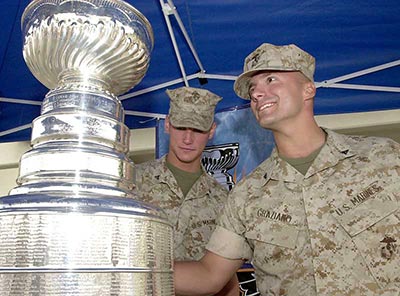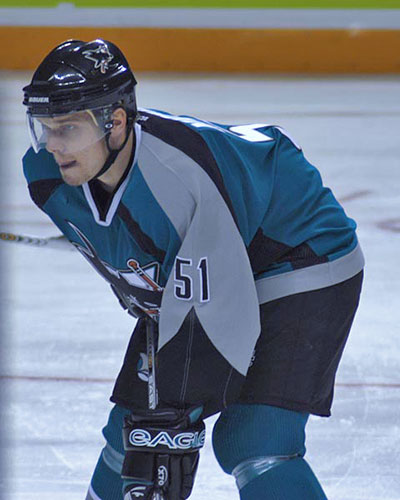As the Collective Bargaining Agreement turns - part 1
This article in the Winnipeg Sun touches on quite a few bases from the owners perspective, Value of NHL franchises plummets.
The sale price of NHL franchises has plummeted by more than 50% in the past four years, and only six clubs generated enough revenue from tickets and broadcasting last season to cover player salaries, says a report by investment banker Moag & Company.
Right off the bat this article swings for the fences. I doubt that the NHLPA would agree with this report, but coupled with another [the Levitt report], the NHL is starting to put some solid information behind their claim that the league is in financial trouble.
This Moag & Company report examines the average value of NHL franchises mentioned above, the new NHL television deal, attendance, and the fact that "ticket prices have likely gone as high as they can". Using the investigative reporting that made this blog a must read for 6 people in Estonia, I have found a link to more information on this report, National Hockey League review and outlook - Moag & Company.
The Levitt report examined if the numbers provided by the league "adequately and appropriately account for and capture all revenues and expenses associated with operating a professional hockey franchise in the NHL", whether the financial information is accurate based on his verification, whether affiliate related income is included [I have many questions about this point], and finally the big kicker: "Whether the current relationship between League-wide player costs and League-wide revenues is consistent with reasonable and sound business practices in this industry".
The new television contract with NBC was mentioned as another sign of the apocalypse for the league. Instead of enormous sums of money up front a la ABC, the league and NBC will split advertising revenue. According to CBS Market Watch, the league will lose out on fees to show regular and postseason games. The ESPN cable contract was renewed for 1 year at $60 million, with 2 optional years at $70 million.
Many would say the ratings for the NHL are anything but mixed. The truth is, game 7 of the Stanley Cup finals earned a respectable 4.2. The rest of the series was much lower, but Canada was a different story. According to the Sports Business News, the audience was up 35% in Canada for the entire playoffs.
But just talking about ratings almost validates the criticism of the league. I would like one person to send me a newspaper article bashing the NHL that does not mention television ratings. This really began to bother me last year, during one of the best playoffs I can remember, when "professional" journalists began to compare the NHL with bowling, the WNBA, and Armadillo Racing [last paragraph].
The speed and physical play that make the game great live does not translate well to television. Fox tried its glowing puck, ABC tried its remote control eye in the sky, and Montreal tried placing its camera 2 feet behind drunk fans. What I said last year at Stanley Cup time still holds true, unless you are a die hard fan or grew up playing the game, watching the NHL on TV is not the most compelling event.
[Note: My past solution to this was to have Hollywood directors guest-produce an NHL broadcast. It would create new ideas from the most creative people in the business, it would create an unusual NHL event mentality which would draw more viewers, and it might even sell a few more LA Kings tickets. Start with the Canadian directors.]
If you are going to judge a game solely on ratings, then the league is in trouble. What I have yet to understand is the failure to capitalize on those who are die hard fans. Number of eyeballs watching a broadcast is one thing, but getting those eyeballs to reach for a credit card and charge a six pack of Molson is another [if anyone from Spaten is reading this, call me]. If Molson/Spaten/SierraNevada signed an NHL advertising contract, how many fans would drink a beer to save the NHL? Beer is the national liquid of Canada, hockey is the national sport, do the math. Advertising is depth and breadth, eyeballs and wallets. If you can not get enough eyeballs to woo advertisers, then the league should advertise the passion of its fans.
But how does NHLPA union president Trevor Linden feel about the upcoming labor Armageddon, rising ticket prices, falling ratings, and my beer sponsorship plan?
We feel like we've taken their issues and dealt with them, and put in a plan that would solve the problems... But we're not going to talk about a hard-cap system, and that's what we keep getting shown to us.
Fair enough. To be balanced, Linden did detail the players offer to reduce salaries by 5% across the board, reduce entry level salaries, and institute a luxury tax system. But Florida Panthers forward Olli Jokinen sums up the players position a little more to the point.
The young guys don't know what's going to happen now... But when you get older, you look back to 10 years ago, what those guys did for us. The highest-paid guys were making like $4 million and now it's $10 million; the average salary was about $500,000; now it's $1.7 million. A lot of guys paid a big price with the last one. Now a lot of young guys owe them. Now the young kids are making tons of money when they come into the league. So those guys did the right thing.
I would respond with a simple statistic, which I first saw in ESPN Magazine. This quote is from a Sports Business News article on NHLCBAnews.com.
Approximately 75 percent of the league's $2 billion in revenue is allocated to players' salaries and benefits.
I would just like to ask Olli, where are those salaries are coming from? In San Jose, if my memory is correct, ticket prices have increased every year except for one. To the organizations credit, it did not increase ticket prices for season ticket holders this season, and will not again next year, but single game purchases did increase. Next year will be the 13th year out of 14 where tickets went up. So who again is doing the right thing Olli?
San Jose is not the best example, since the booming tech economy [ahem] is not representative of the supply and demand of the rest of the league. Many argue that tickets should be as high as people will pay for them. But what works for the Toronto Maple Leafs or the New York Rangers will not work for the rest of the league. I think it is a safe assumption that the last decade has priced a number of die hard fans out of the arena. Out of the arena and in front of a television set [Please see TV comments above].
I am not completely blindsiding the players or the NHLPA by the way. Feel free to email me one NHL official that believes lowering ticket prices is part of their overall strategy to maintain "cost certainty". Fans have never had "cost certainty". And the owners have not been forthcoming with all of their financial information.
This is just the beginning of the discussion, part 1 of "As the CBA turns". You can probably guess where I am coming from on this issue, but I am open to information from both sides. Information, not bribes. Unless they are from Spaten.
For more information I recommend the following:
- Canucks Corner - A debate between Cancucks Corner's Tom Benjamin and Phil Propper, the LA Kings fan who was allowed to crunch the numbers.
- PRINCE OF PUCKS: Latest article on the labor dispute from Spector.
- Where should the NHL look for financial salvation? - the post that started the CBA ball rolling for me.
- NHLCBAnews.com - Ask the NHL a question about the CBA.
- NHLPA.com - The National Hockey League Players Association official site.
- NHLFA CBA - The full Collective Bargaining agreement from the NHL fans association.
- LetsgoPens CBA - The full Collective Bargaining agreement from LetsgoPens. This was the first place it was available on the web to my knowledge.
- ESPN CBA - ESPN CBA news.
- TSN CBA - TSN CBA news.
[Thanks to Anthony for compiling these links and sending them in. I told you I would get around to posting them.]
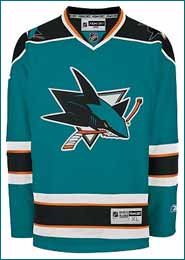

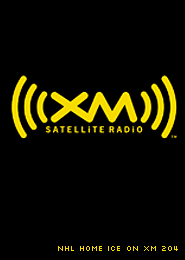
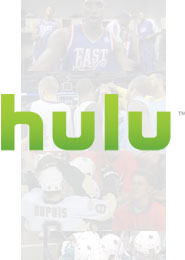












 The Sharks traded up from the 28th pick to take Dallas's 22nd pick and selected Czech right-winger Lukas Kaspar [
The Sharks traded up from the 28th pick to take Dallas's 22nd pick and selected Czech right-winger Lukas Kaspar [